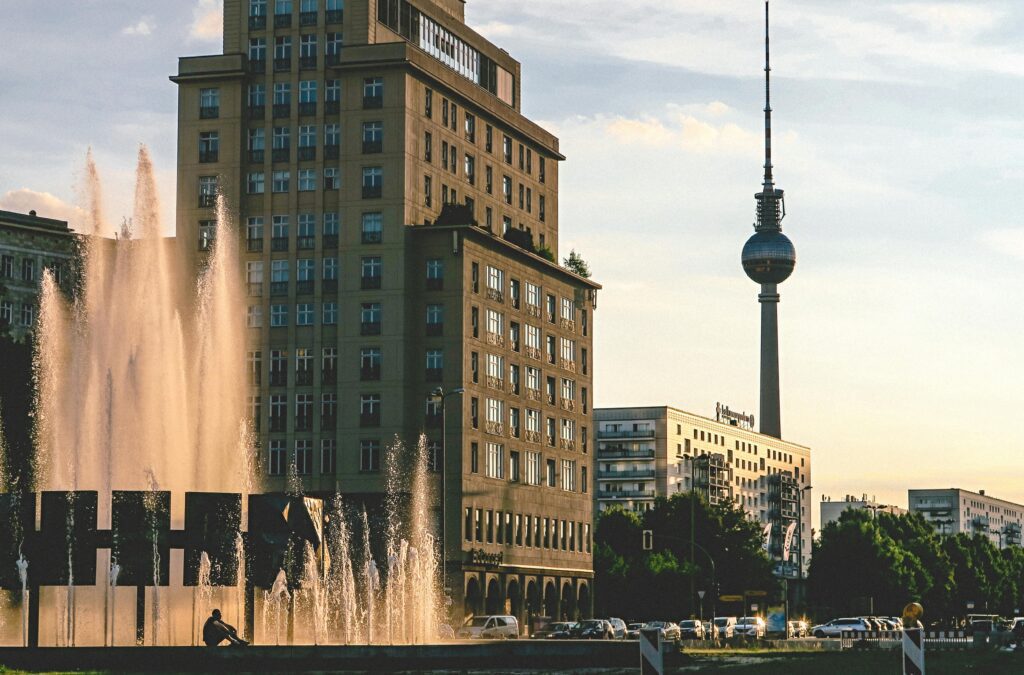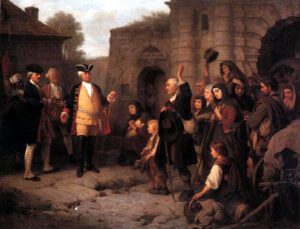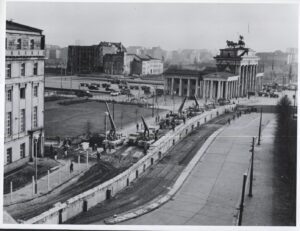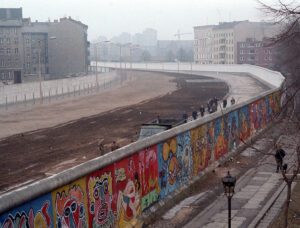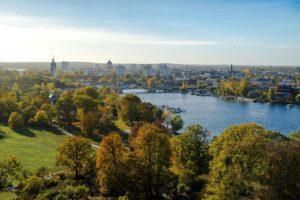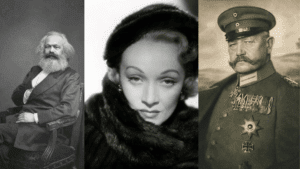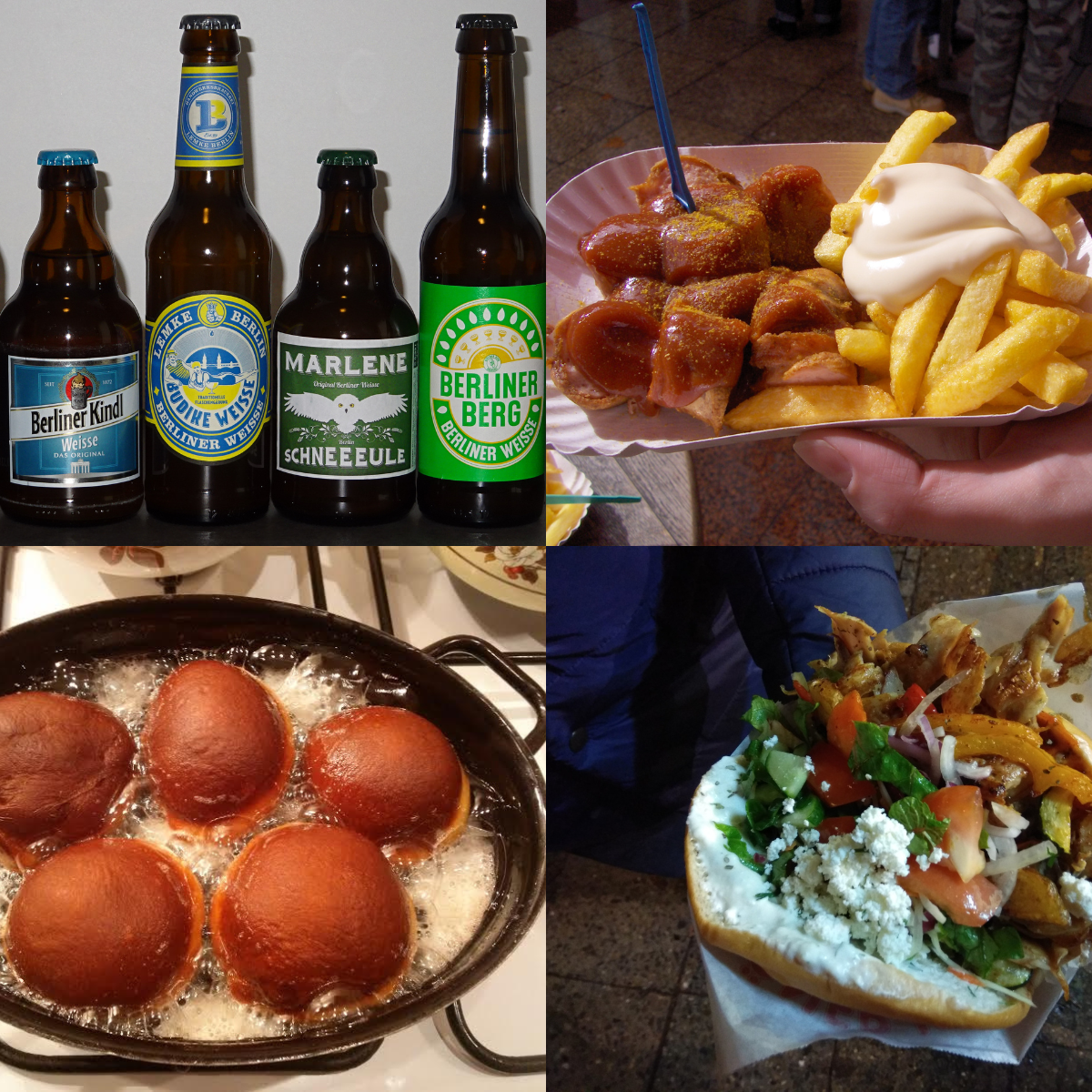Berlin began as a small trading settlement along the River Spree in the 13th century, where merchants and craftsmen built a community that would grow into the heart of Prussia. Its position at the center of Europe made it a meeting place for trade, politics, and culture. By the 19th century, Berlin had become the capital of a rising empire — a city of engineers, artists, and thinkers shaping modern Europe.
The 20th century, however, brought deep scars. During the First World War, Berlin suffered hunger, unrest, and the collapse of the empire it once powered. Two decades later, the city became the stage for Nazi rule and was left in ruins after the Second World War. When the Berlin Wall rose in 1961, it divided families and ideas — yet it also turned Berlin into a global symbol of resilience and hope.
Today, Berlin is a city that continues to rebuild and renew itself. Its streets carry traces of every chapter — from medieval alleys to modern art spaces — reflecting both the wounds and the strength of its people.
With Roods, you don’t just visit Berlin; you uncover the layers of a city that has faced history head-on and continues to look forward.

